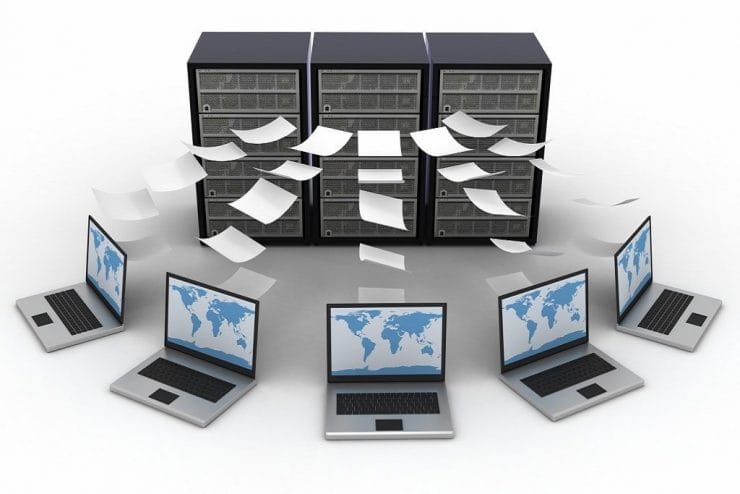Backing up your data is a highly advisable security measure that creates peace of mind for users. The modern method for this practice revolves around ‘smart’ backups. These are incremental and differential backups. They have the advantage of only backing up changed files to save time and disk space. This makes sense because only a small amount of user data changes on a daily basis. But these sophisticated backup strategies are both logical and transcendent.
The two approaches are different in nature. It is important to understand what is the difference between incremental and differential backup, before transitioning into assessing incremental backup advantages and disadvantages, and differential backup advantages and disadvantages.
Differential Data Backup Advantages and Disadvantages
Differential backups focus on backing up modified files since the last full backup. For example, if the last time you performed a full backup was on Sunday, Monday would see your computer backup files that changed since Sunday. And on the following day, your computer would again backup files which were changed since Sunday, and so on. This is understandably quicker than backing up everything continuously. Even though less information is backed up, this does create a backlog of data that grows over time.
This means your computer can still become clogged with too much information. But this doesn’t mean the method isn’t highly flexible and fast. Compared to other backup methods, this lowers your overall storage space and is a quick means of protection.
One of the biggest disadvantages associated with this backup method is the speed, despite quickness being listed as an advantage. Though differential backups are faster than other methods, they can also contribute to a slower recovery. Between each cycle, the size of the data differences grows. The differential backup works daily, but the full backup is complete on a monthly basis. This results in the size of your archive being fairly large, contributing to a process that is arguably lengthier than it needs to be.
| Type/Backup Number | Full | Incremental | Differential |
| Backup 1 | All data | – | – |
| Backup 2 | All data | Changes from backup 1 | Changes from backup 1 |
| Backup 3 | All data | Changes from backup 2 | Changes from backup 1 |
| Backup 4 | All data | Changes from backup 3 | Changes from backup 1 |
Incremental Data Backup Advantages and Disadvantages
For enhanced quickness, incremental backups are highly advisable. Incremental backups focus purely on changing data since the last partial backup. For example, if you have performed a full backup on Sunday, your computer will backup the files that have changed since then on Monday. Then on Tuesday, your computer will backup the modified data since Monday, and so forth.
This results in considerably smaller and faster backups. There are short time intervals between each backup, there is significantly less data stored, and the process can be performed every hour.
But there is a disadvantage with this method that lies in the slow recovery and the risk of data loss. This is potentially riskier since a restore of information becomes impossible if just one piece is missing. Even if you want to perform a restore process, this can take some time. This is because there needs to be a rebuild of data from separate incremental pieces and the last full backup piece. This is negligible, however, and the advantages far outweigh these minimal negatives.

Disaster Recovery Plans for Data Incremental and Differential Backups
In a generation where cloud hosting has become the preferable hosting method, this is arguably the best place to store your backed up information. You should also consider developing a disaster recovery plan. In the event of server downtime, a disaster recovery plan will ensure a fast and efficient recovery. Remember to keep your plan of action simple and scalable. Understand the importance of backing up your data to prepare for unforeseen circumstances.
If the cloud ever goes down, it’s important to have a backup. This underlines the importance of incremental and differential backups. The most preferred method is an incremental backup since it is fast, performs in real time, and pulls down just a small amount of data. This means that in the incremental vs differential backup debate, incremental backups are probably the most appropriate in today’s modern business climate, but any method of backup is better than none.
So what are you waiting for? Remember to back up your data today using one of these two methods to keep your company’s data secure. Contact f12 to request a free quote.



